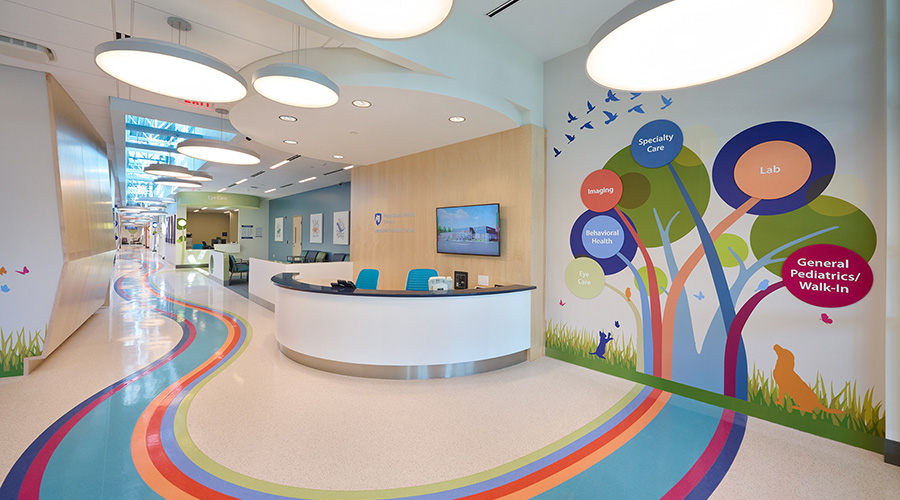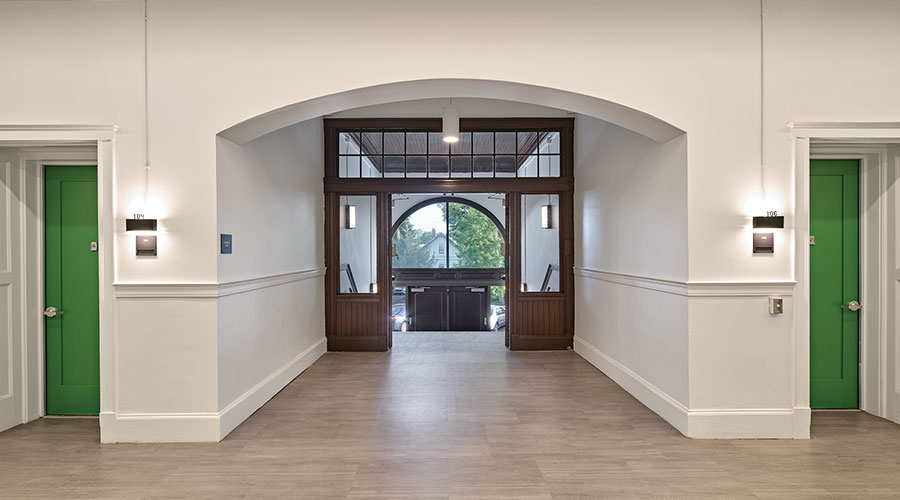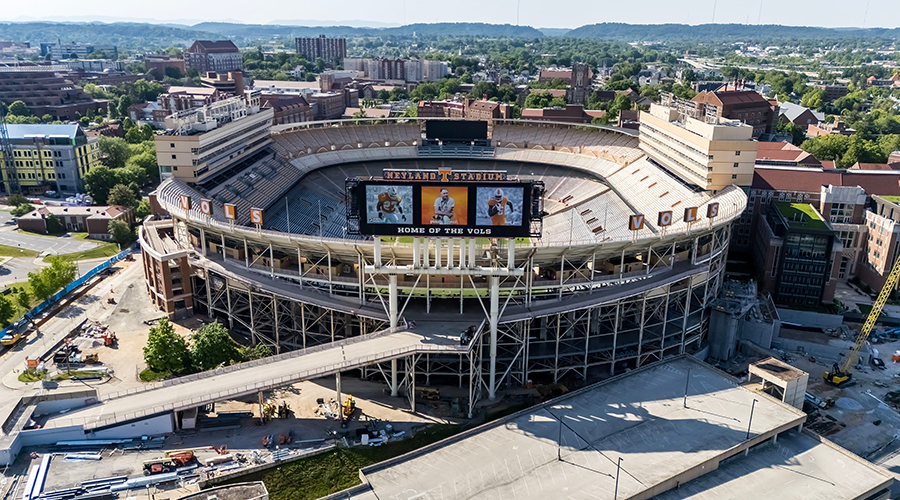Maintenance Department Influences Design and Construction
With more than 72 million square feet to maintain, Gamble’s department has to have a streamlined, proactive approach to maintenance. The district receives 270,000 service calls annually, so Gamble relies on directors within his department to handle many of the day-to-day maintenance and operations activities.
“We actually have eight local districts, and each district has its own maintenance and operations area with a local district facilities director, an area facilities services director, and a work force that does the day-to-day service calls,” Gamble says.
The department’s organizational structure allows Gamble to focus on budgeting, staffing, prioritizing projects and developing consistent policies for the department. With the day-to-day maintenance tasks under control, Gamble can zero in on the more significant, time-consuming projects within the construction and modernization program.
“We actually review designs,” Gamble says. “As far as new construction, we’re definitely part of their design system, reviewing designs and providing feedback. A lot of folks on the modernization and repair side used to work for M&O. I feel like we’ve got a good voice in a lot of those systems, as well.”
Mehula says those in charge of planning for and building new schools and existing facility additions are constantly working to ensure the maintenance perspective is taken into account. Part of that process includes looking at designs to ensure they are sustainable over the long term.
“Most of my senior leadership, including myself, have spent their careers having to deal with both sides of the house — building it and then living with what you get for the next 50 to 75 years,” Mehula says.
The maintenance department’s involvement goes beyond simply consulting with designers and contractors, Gamble adds.
“The design managers, we’ve provided them our checklist,” he says. “They’re using those, as well as consulting with us when there’s problems. (The communication) always can improve, but I think we’ve come a long ways as far as getting the maintenance and operations voice in there.”
Related Topics:















